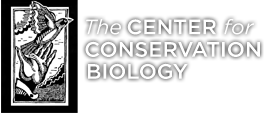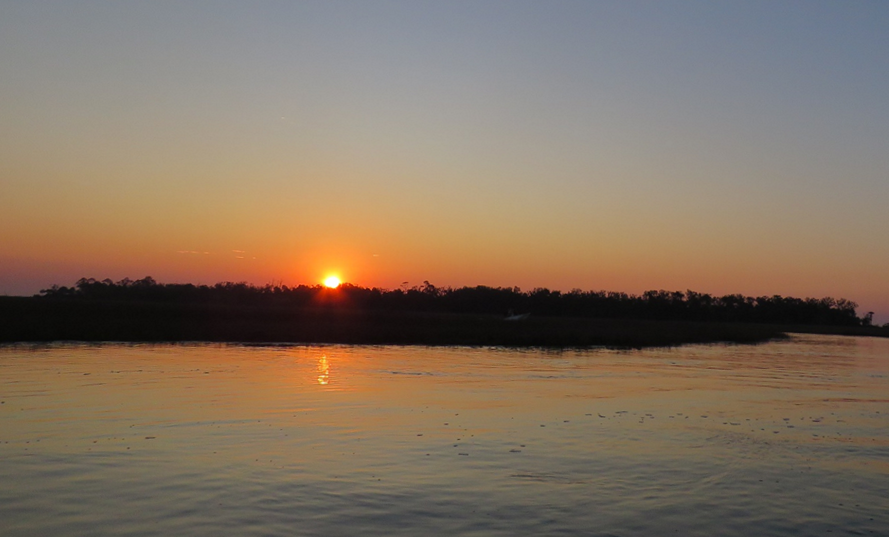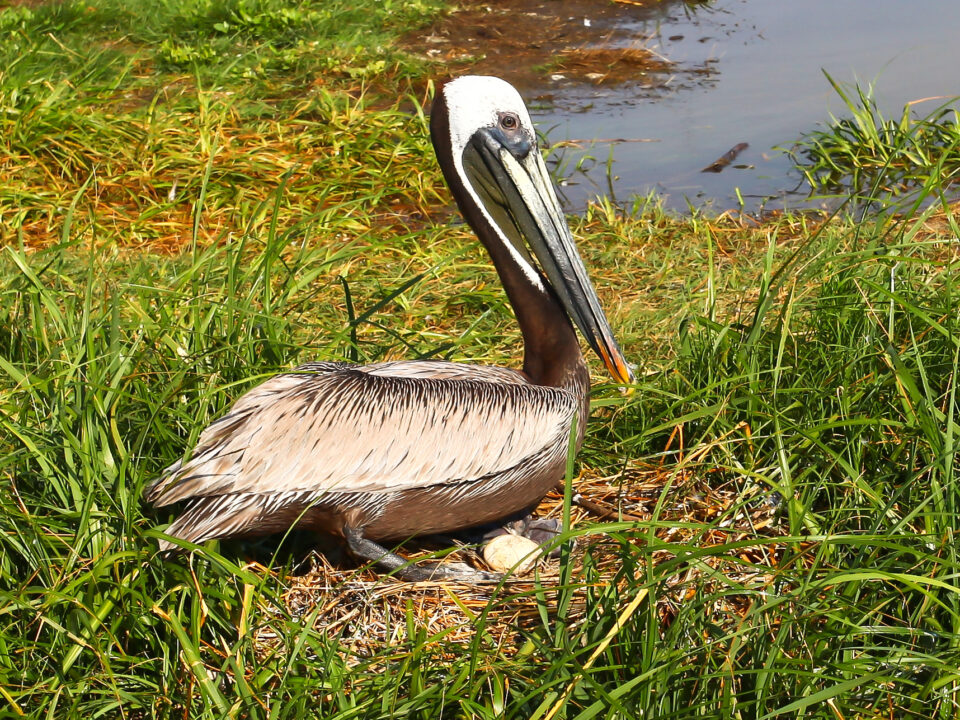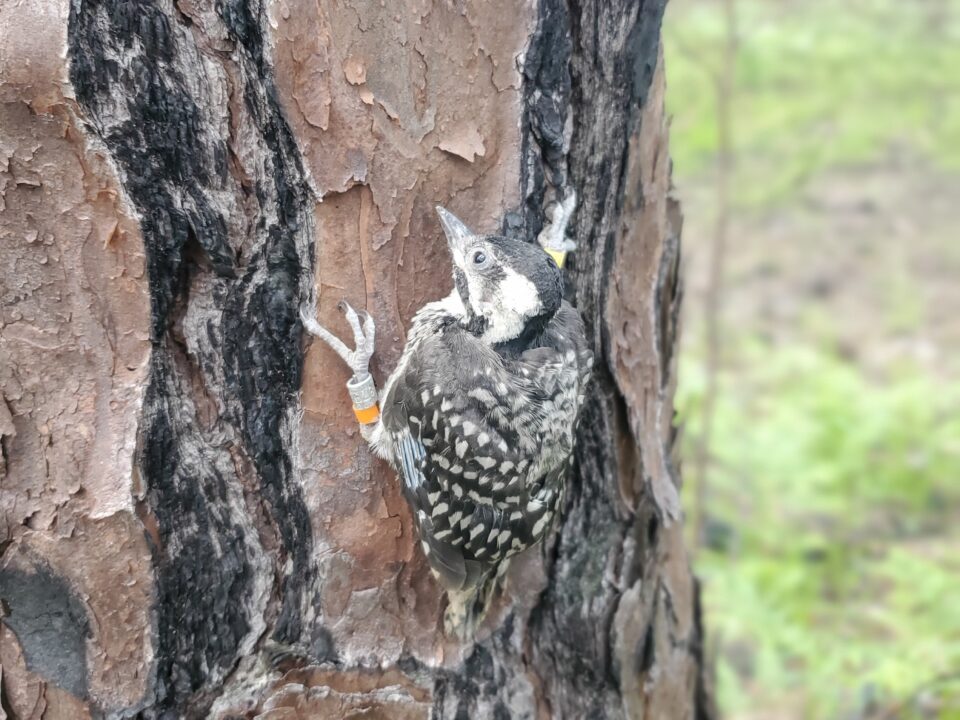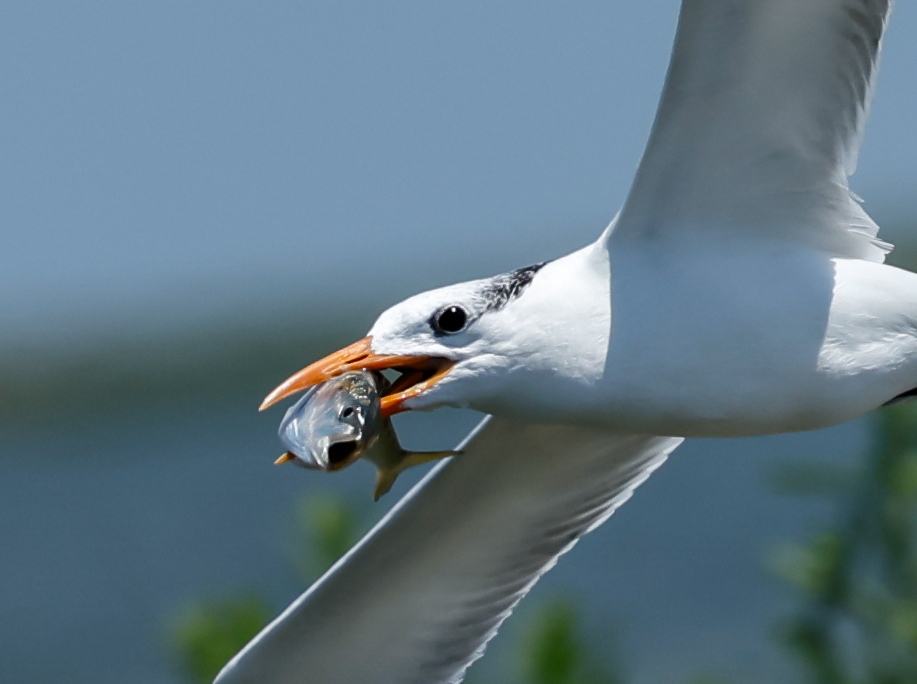Winter Habitat Use of Marsh Sparrows in Georgia

Exploring the Last Strongholds of Wayne’s Warbler
April 5, 2025
Bryan Watts receives Eisenmann Medal
April 5, 2025By: Chance Hines
4/1/2025
A suite of three sparrow species can be found wintering in coastal marshes along the Atlantic coast. These include Nelson’s, seaside, and saltmarsh sparrows. The Center for Conservation Biology has invested significant time over the years trying to better understand where and why these wintering sparrows are most abundant. The latest chapter in this endeavor is being written in Georgia where close to 400,000 acres of saltmarsh, found along barrier islands and tidal rivers, provide habitat for marsh sparrows.
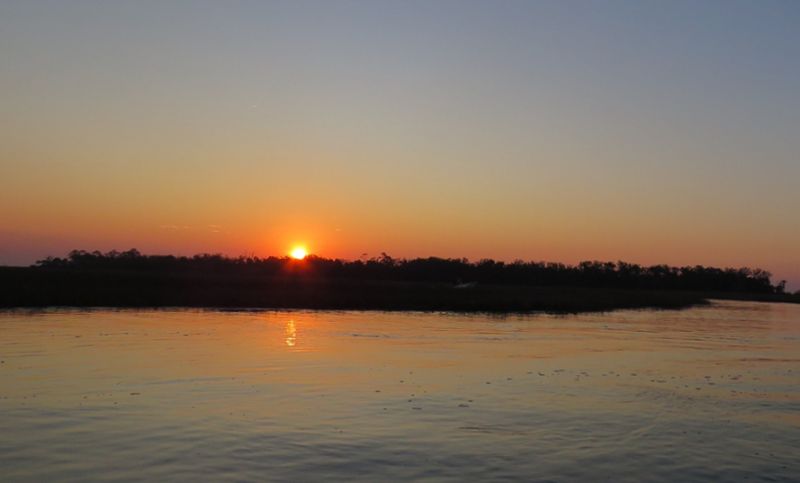
In a collaborative effort, Georgia DNR and CCB are investigating which habitat features marsh sparrows seek when they select winter habitat. While the second field season has just concluded and final results are still pending, analysis from the first year revealed one particularly important feature associated with abundance: tidal creeks. It is not clear what is driving this trend, but the margins of these creeks serve as deposition sites for sediment and potentially seeds or invertebrates, which birds may be selectively foraging on to take advantage of these resources.
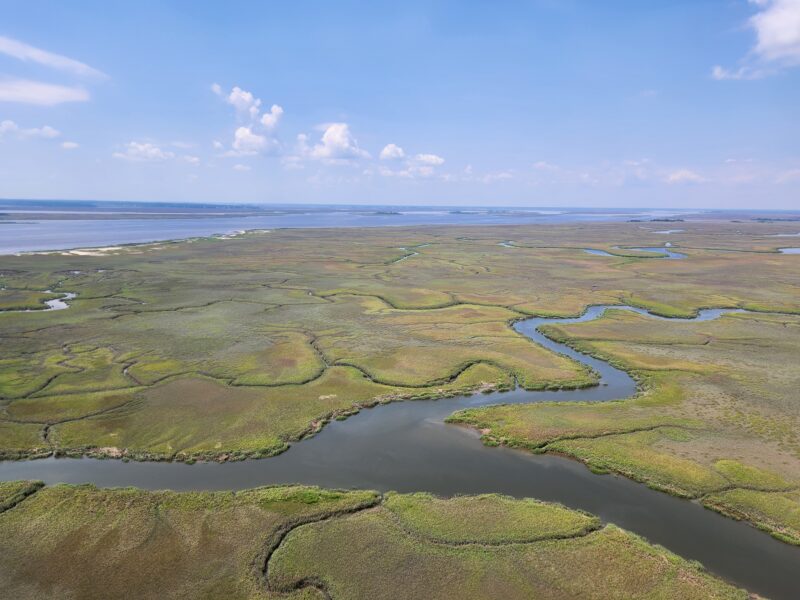
However, the margins of these creeks and the rest of the low-lying saltmarsh are submerged twice daily during high tides. During these periods marsh sparrows rely on topographical highs embedded within the marsh landscape, or roosts, to wait out the high tide. Marsh sparrows, like other types of coastal birds, appear to select roosts that are isolated from the mainland, likely as a strategy to avoid predation from terrestrial mammals. Unlike the lower elevational areas, that are primarily dominated by saltmarsh cordgrass, these higher areas offer shrubs where thousands of sparrows can sometimes be seen roosting together.
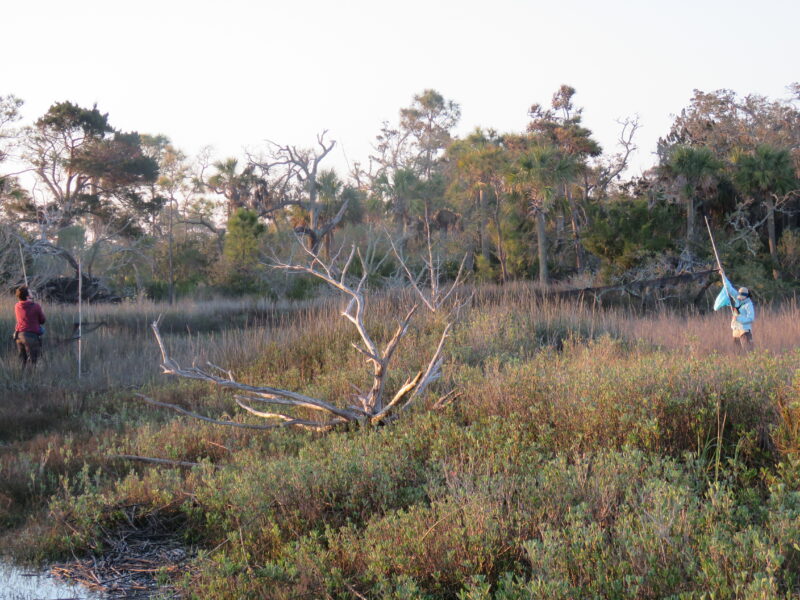
High tides not only force these birds to seek shelter but also provide an opportunity for researchers to tackle another challenge, estimating the species composition. While seaside sparrows are easily distinguished from other marsh birds, Nelson’s and saltmarsh look nearly identical and are almost impossible to identify to species without zoomed in photographs or examining the bird in hand. However, by placing mist nets near shrubs used for roosting, biologists are able to capture a portion of the roosting birds to obtain the proportional species composition.
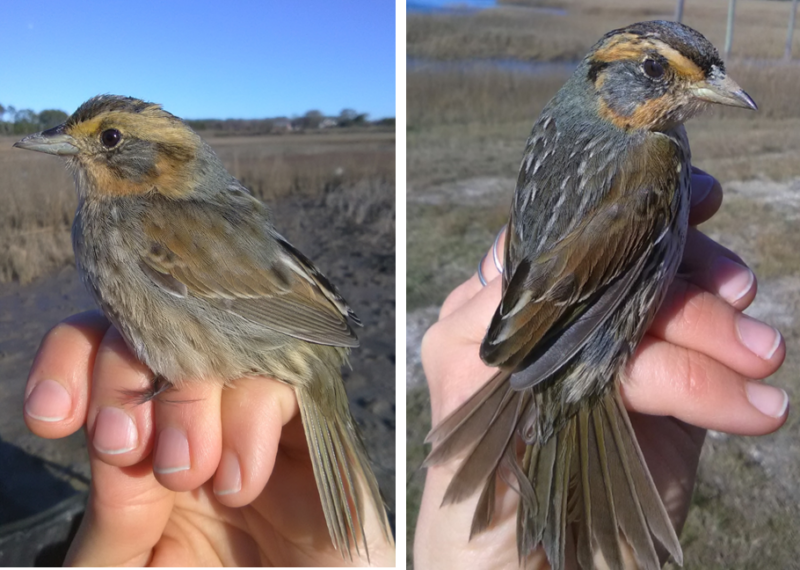
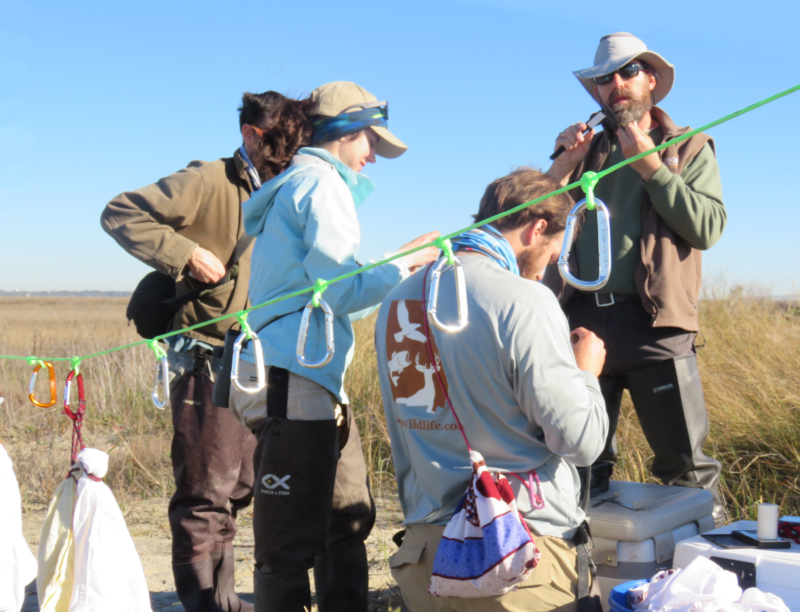
During the 2025 effort, over 700 marsh sparrows were captured. Of these, 56% were seaside sparrows, closely matching the percentage identified in 2024 rope-drag transects (55%). The remaining birds were evenly split between saltmarsh (49.5%) and Nelson’s (50.5%) sparrows, highlighting the importance of Georgia’s coastline to both species. The insights gained from this work extend beyond Georgia, offering valuable lessons for conservation in other regions with extensive saltmarsh habitat where marsh sparrow winter, like Virginia. By understanding how marsh sparrows use the landscape during both high and low tides, scientists and land managers can refine habitat protections and restoration strategies across the species’ range.
